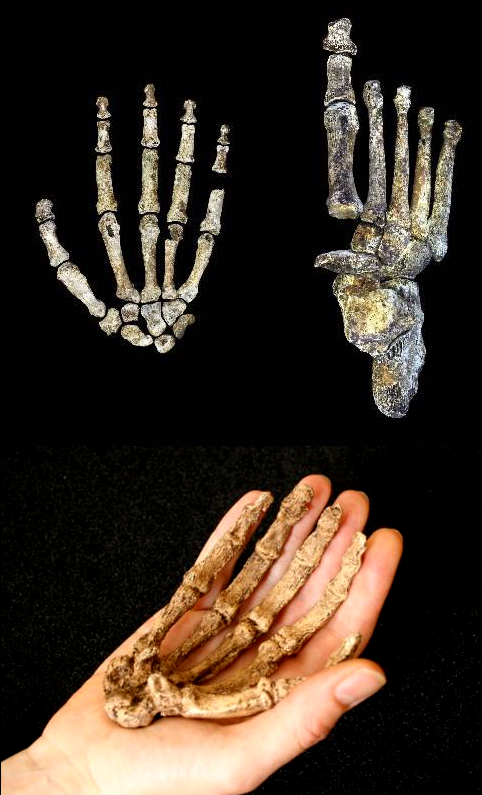Tech suggested for deep dives
 Local archaeologists say cutting-edge techniques are needed to prove bold new claims about human history.
Local archaeologists say cutting-edge techniques are needed to prove bold new claims about human history.
Claims were published earlier this year that Homo naledi - a small-brained human species - buried their dead in South Africa’s Rising Star Cave between 335,000 and 241,000 years ago, and may also have decorated the cave walls with engravings.
Now, a group of archaeological scientists is strongly advocating for the use of modern scientific techniques to support claims such as those made about Homo naledi.
“Many scientists - including the authors of our comment out today - remain unconvinced by the evidence provided in three papers published online prior to peer review,” says Associate Professor Mike Morley, Director of the Flinders University Microarchaeology Laboratory.
“Fortunately, there are a range of state-of-the-art techniques that scientists can use to study the many forms of evidence for human evolution – the fossils, artefacts and even the sediments (or dirt) from which they have been recovered.
“These techniques are crucial when attempting to identify features such as the burials they claim to have found at Rising Star Cave.”
Dr Ania Kotarba from the University of Adelaide says that the routine use of these techniques to generate supporting data will help avoid future controversies and increase the confidence that the public hold in such claims.
“When you consider that significant discoveries are normally small and scarce, ranging in size from teeth to strands of DNA found in caves, then proper scientific analysis holds immense potential to rewrite what we know about the evolution of our closest ancestors,” says Dr Kotarba.
The experts argue that one key scientific technique that is gaining traction in the field is known as micromorphology.
This technique involves the microscopic analysis of sediment that surrounds fossils or archaeology.
By studying intact blocks of sediment removed from archaeological trenches, microscopic clues can be pieced together to reconstruct the past environments present at the site and in the local environment.
“Micromorphology has proven to be a powerful tool for analysing ancient human remains and burial practices. In 2021, scientists who studied the oldest known human burial (78,000 years ago) published in the journal Nature used micromorphology to help identify the burial” says Vito Hernandez, a PhD candidate using this technique in his research at Flinders University.
“Developments in analytical techniques mean that archaeological science can provide information about the past at the molecular and even elemental scales. Through these developments we now better understand the processes that form sites and preserve fossils and artefacts in incredibly detailed ways.”
In their recent commentary, the researchers agree that they would like to see a future where all archaeological investigations use scientific techniques such as these from the outset as standard to avoid future controversy.
“In that way we might avoid future controversy and find clues that strongly support hypotheses and allow for greater confidence in findings that are presented to the scientific community and public alike,” says Associate Professor. Mike Morley.
“This is especially important in the ‘post-truth’ world that we now live in where it is incredibly difficult for the public to disentangle facts from fiction.
“Scientists need to be much more careful about how they communicate their findings to avoid increasing scepticism towards scientists that can have a major impact across all aspects of modern life.”








 Print
Print